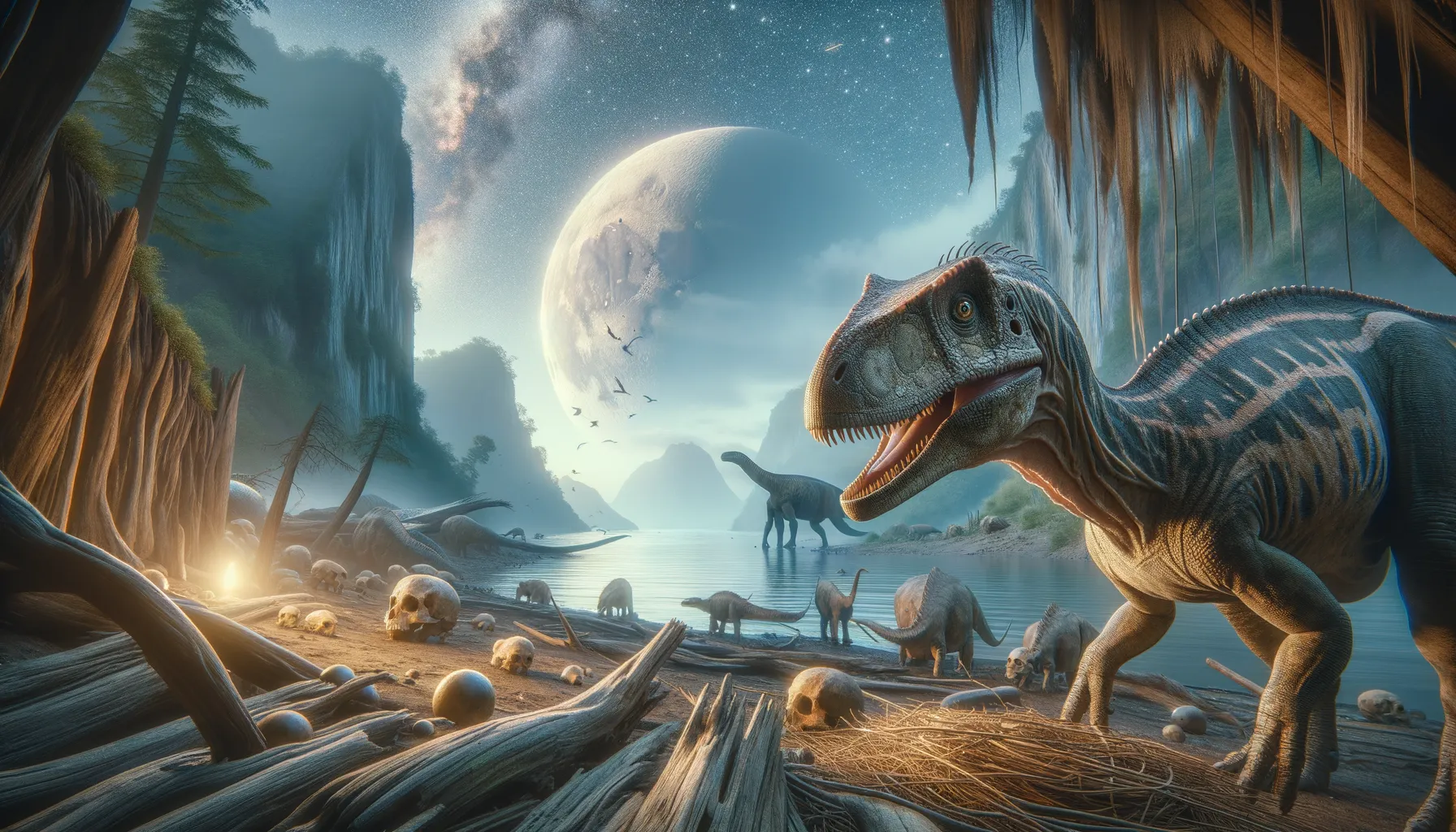
Protohadros
Pioneer of the duck-billed lineage.
Period
Cretaceous
Length
Approximately 20 to 25 feet long.
Height
Around 6 feet tall at the hips.
Weight
Estimated to weigh around 2,000 pounds.
Protohadros was a primitive hadrosaurid, often perceived as a transitionary species between earlier iguanodonts and later hadrosaurs. It existed in the Late Cretaceous period and provides insight into the evolution of duck-billed dinosaurs. Known from its distinctive skull and teeth structure, Protohadros illustrates an evolutionary path marked by changes in dietary habits and adaptations to its environment.
Diet
Protohadros was herbivorous, feeding on a variety of plants and foliage. Its teeth and jaw structure suggest an ability to grind tough vegetation, typical of the evolving hadrosaurids.
Hunting
Protohadros did not hunt for food; as an herbivore, it foraged and grazed. Its primary food source consisted of plant material, rather than engaging in any form of active hunting.
Environmental challenges
Protohadros lived in a time of significant ecological changes, including shifting climates and evolving plant life. Its environment was subject to seasonal variations that could affect food availability. The rise of flowering plants during this period likely influenced its diet and ecological niche.
Speed
Likely moderate, suited to walking and short bursts of speed.
Lifespan
Estimated around 20 to 30 years.
First discovery
Found in Texas, USA, in the late 1990s.
Fun Facts
- Protohadros is known as one of the earliest duck-billed dinosaurs, or hadrosaurs, giving insight into the evolution of these fascinating creatures.
- It lived during the Late Cretaceous period, around 95 million years ago, in what is now Texas, USA.
- Despite its name meaning 'first hadrosaur', Protohadros was not the first of its kind but is one of the earlier known species.
- This dinosaur was a herbivore and likely fed on a diet of plants, using its specialized teeth to grind up tough vegetation.
- Protohadros is estimated to have been about 20 feet long, making it a relatively medium-sized dinosaur for its time.
- Fossils of Protohadros were first discovered in 1994 by a team of paleontologists, which was an exciting find for understanding the early evolution of duck-billed dinosaurs.
- The discovery of Protohadros helped paleontologists understand how hadrosaurs diversified and spread across different regions.
Growth and Development
Protohadros likely started life as small, vulnerable hatchlings requiring parental care. As they grew, they would have developed stronger limbs and more complex dentition for processing plants. This growth pattern would have been crucial for survival in a dynamic ecosystem.
Habitat
Their habitat consisted of lush, vegetative environments, likely ranging from forests to open plains. These areas supported a wide array of plant life, providing abundant feeding grounds. Such regions also provided cover from predators and shelter from environmental extremes.
Interaction with other species
Protohadros coexisted with a variety of other dinosaur species, both herbivores and carnivores. Its interactions likely included competition for food with other herbivores and evasion from predators. The migration of its contemporaries and fluctuations in species populations may have influenced its behavior and territory.
Natural lifespan
It lived up to three decades under natural conditions.
Reproduction
Like other hadrosaurids, it reproduced by laying eggs. These would have been incubated in nests, with possible parental care to ensure the young's survival post-hatching. This reproductive strategy helped sustain its population despite environmental pressures.
Social behaviour
It may have exhibited some group behaviors, such as moving in herds or small family groups. Such social structures could offer protection against predators and aid in the location of food sources. Interaction within these groups might involve communicative vocalizations or displays.
Fossil locations
Protohadros fossils have mainly been discovered in the state of Texas, USA. These finds provide crucial evidence for understanding its geographical range. The fossilized remains have guided scientists in piecing together its physical structure and lifestyle.
